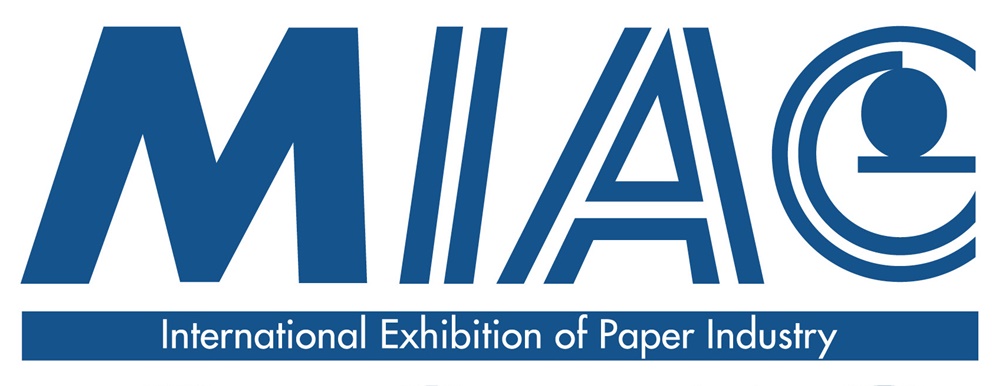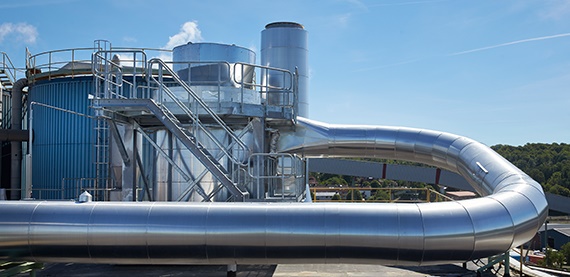NEWS
Stora Enso plans to shut down standard newsprint paper machine in Sweden
Stora Enso will start codetermination negotiations with employees at its Hylte Mill in Sweden regarding a plan to reorganise the mill, including permanent closure of paper machine PM3 and the deinking plant (DIP). After the planned restructuring, the mill would run on 100% thermomechanical pulp (TMP), improving the competitiveness of the mill. The planned closure of PM3 and the reorganisation of the mill would impact a maximum of 140 persons. PM3 is planned to be closed by the end of 2020 and the DIP latest in Q2 2021.
The plan would result in annual cost savings of EUR 14 million. Stora Enso will book restructuring costs of approximately EUR 12 million as an item affecting comparability (IAC) in its Q3 2020 results, of which about EUR 8 million will have a cash impact. The planned closure would not have material impact on Stora Enso’s sales or operational EBIT.
“The decline in global newsprint demand continues due to changes in consumer behaviour, and it is not expected to recover. This has led to global overcapacity, low operating rates, and poor profitability at the Hylte Mill. The planned measures would improve the competitiveness of the mill. Also, Stora Enso has invested in the future of the site to produce formed fiber products and biocomposites,” says Kati ter Horst, EVP, Paper division.
No decisions regarding the planned reorganisation or employee impact will be taken until the codetermination negotiations have been concluded. Hylte Mill currently operates two newsprint machines with an annual capacity of 480 000 tonnes. Production at Hylte Mill would continue on one line, PM4 for standard newsprint paper. The planned shutdown would decrease Stora Enso’s annual newsprint capacity by 26% or 235 000 tonnes, which represents 4% of total European newsprint paper capacity. The planned shutdown would reduce Stora Enso’s total paper capacity by 5%.
Stora Enso will continue to produce standard newsprint at Hylte, Langerbrugge and Sachsen mills. The closure of Hylte Mill PM3 would not impact Stora Enso’s newsprint product offering, and the company would be able to serve customers as today.








